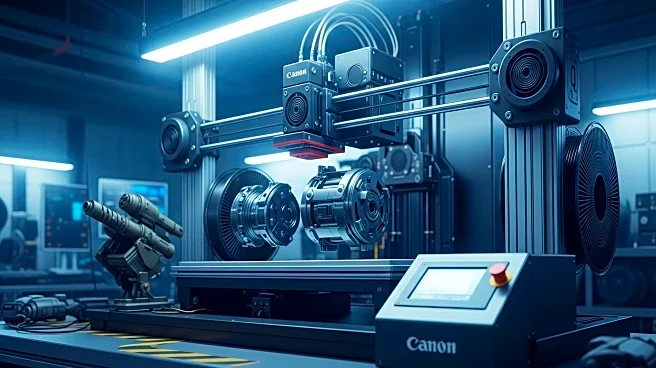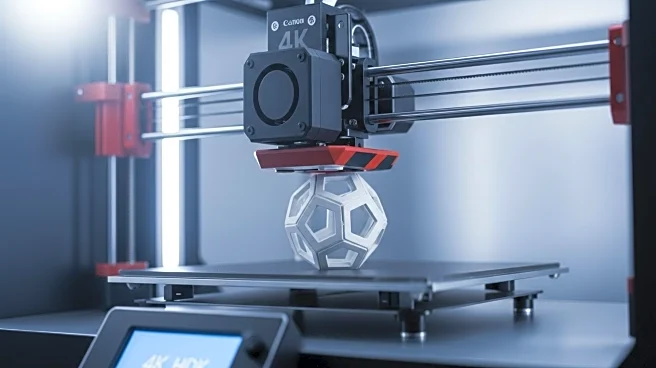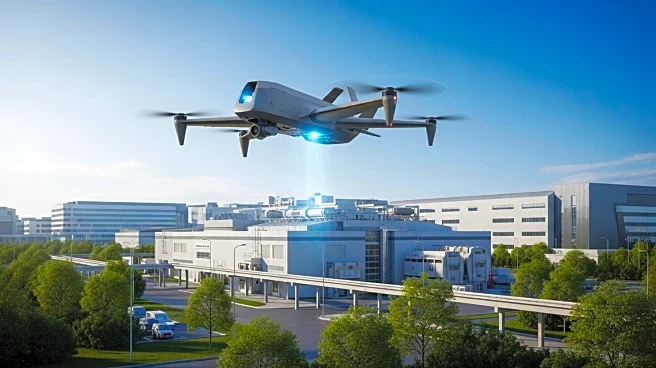What's Happening?
The UK defence sector is being urged to adopt 3D printing technology to enhance supply chain resilience and achieve significant cost savings. Craig Pyser, chairman of Additive Manufacturing UK, highlighted the potential for additive manufacturing to save the Ministry of Defence £110 million over 15 years. Despite the technology's capabilities, a knowledge gap is preventing its widespread adoption. Pyser emphasizes the need for education and awareness to bridge this gap and leverage the benefits of modern 3D printing applications.
Why It's Important?
The integration of 3D printing into the UK defence sector could revolutionize manufacturing processes, offering cost savings and increased efficiency. By adopting additive manufacturing, the sector could enhance its ability to respond to supply chain disruptions and reduce reliance on traditional manufacturing methods. This shift could also drive economic growth by supporting local manufacturers and fostering innovation within the industry.
What's Next?
Efforts to educate decision-makers about the benefits of 3D printing are expected to continue, with industry leaders advocating for its adoption in defence procurement strategies. As the Ministry of Defence shifts towards more flexible supply chain models, the role of additive manufacturing is likely to expand, potentially leading to increased investment and development in this area.
Beyond the Headlines
The push for 3D printing adoption in the defence sector reflects broader trends towards digital transformation and innovation. As industries increasingly recognize the value of additive manufacturing, its applications could extend beyond defence, influencing sectors such as aerospace, automotive, and healthcare. This technological shift may also prompt changes in regulatory frameworks and procurement practices, as stakeholders adapt to new manufacturing paradigms.











